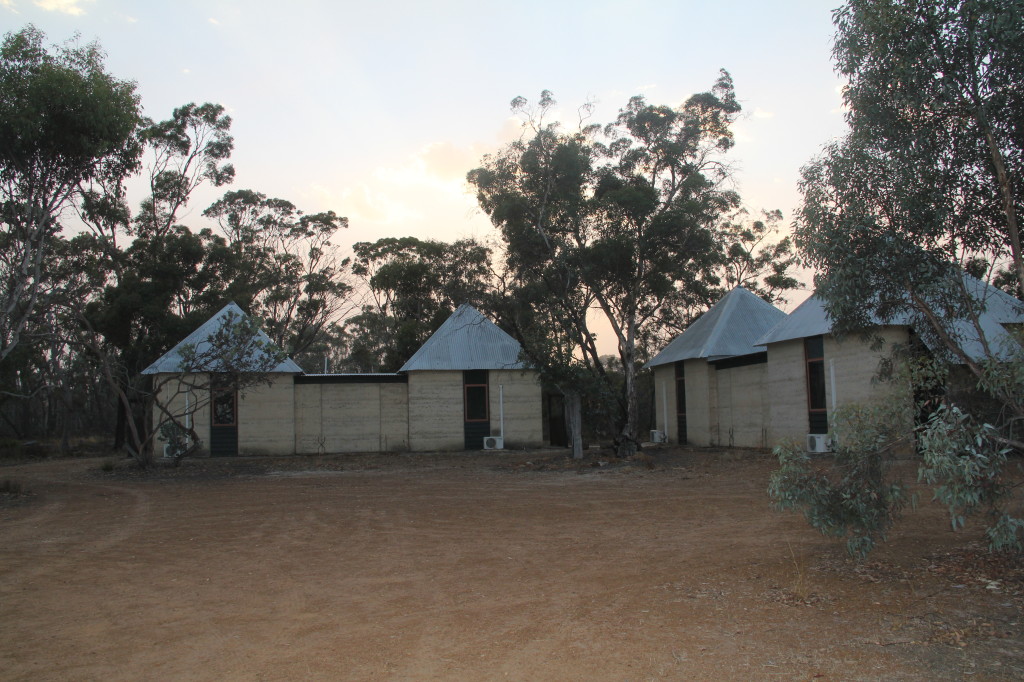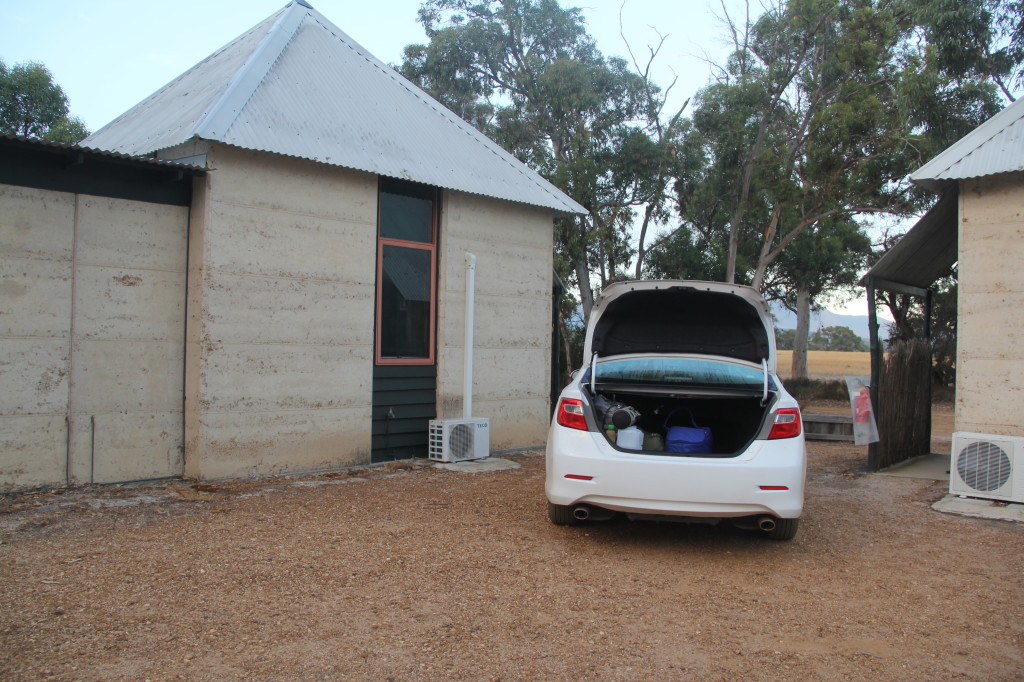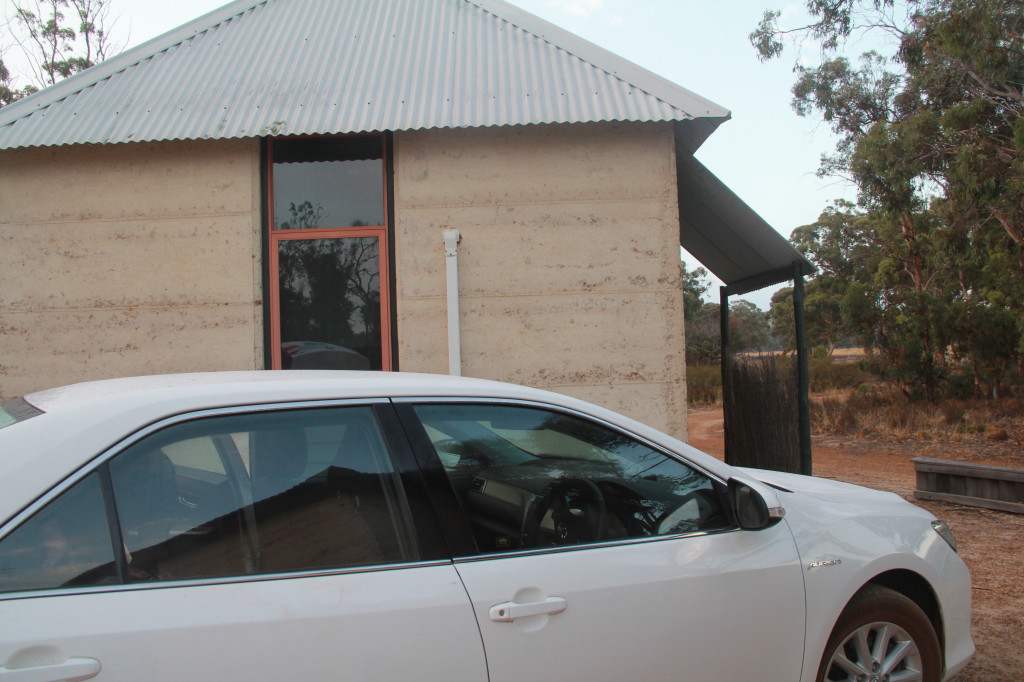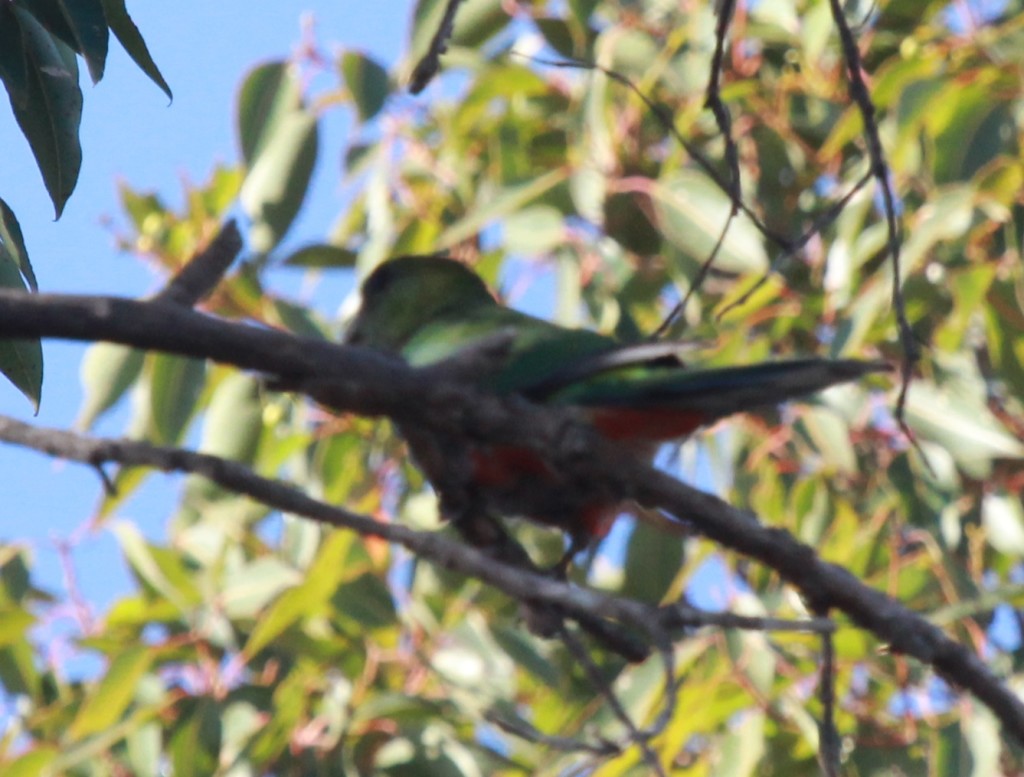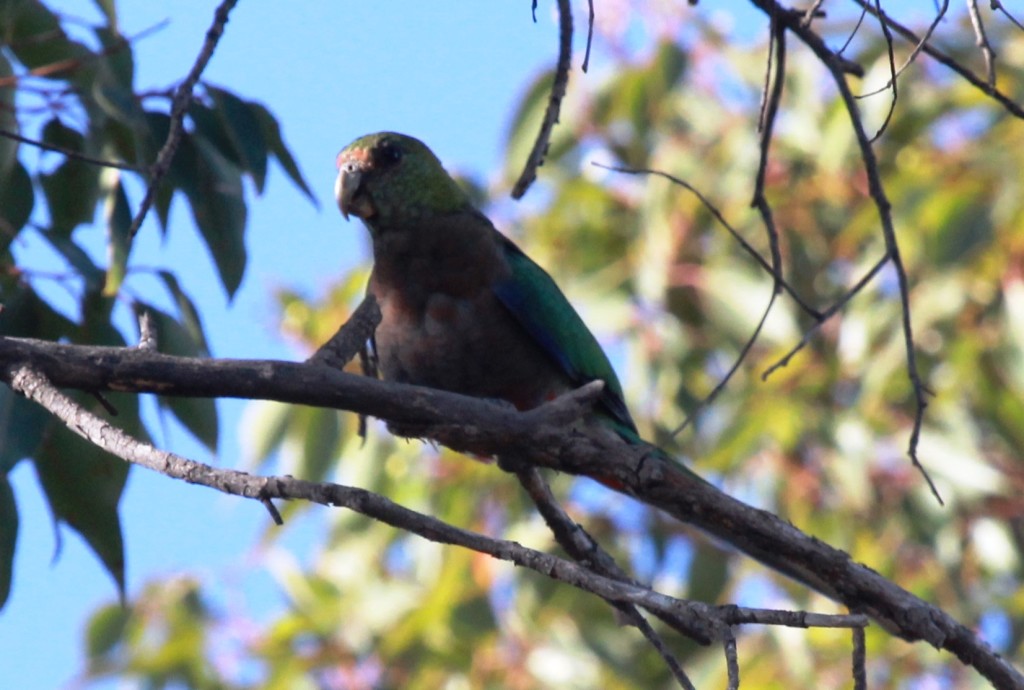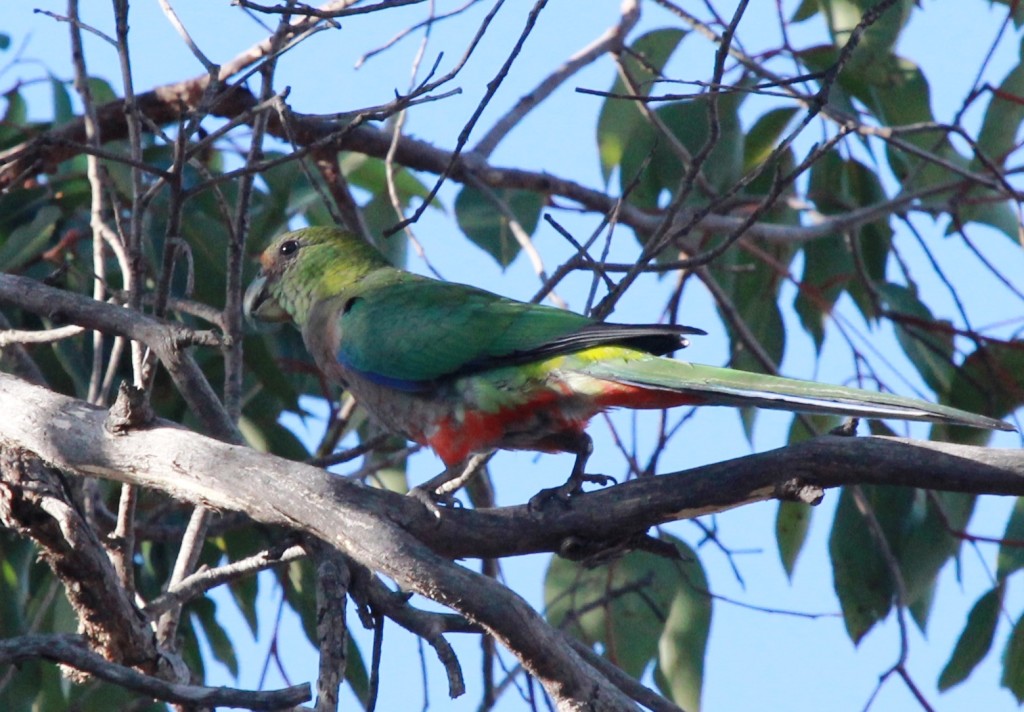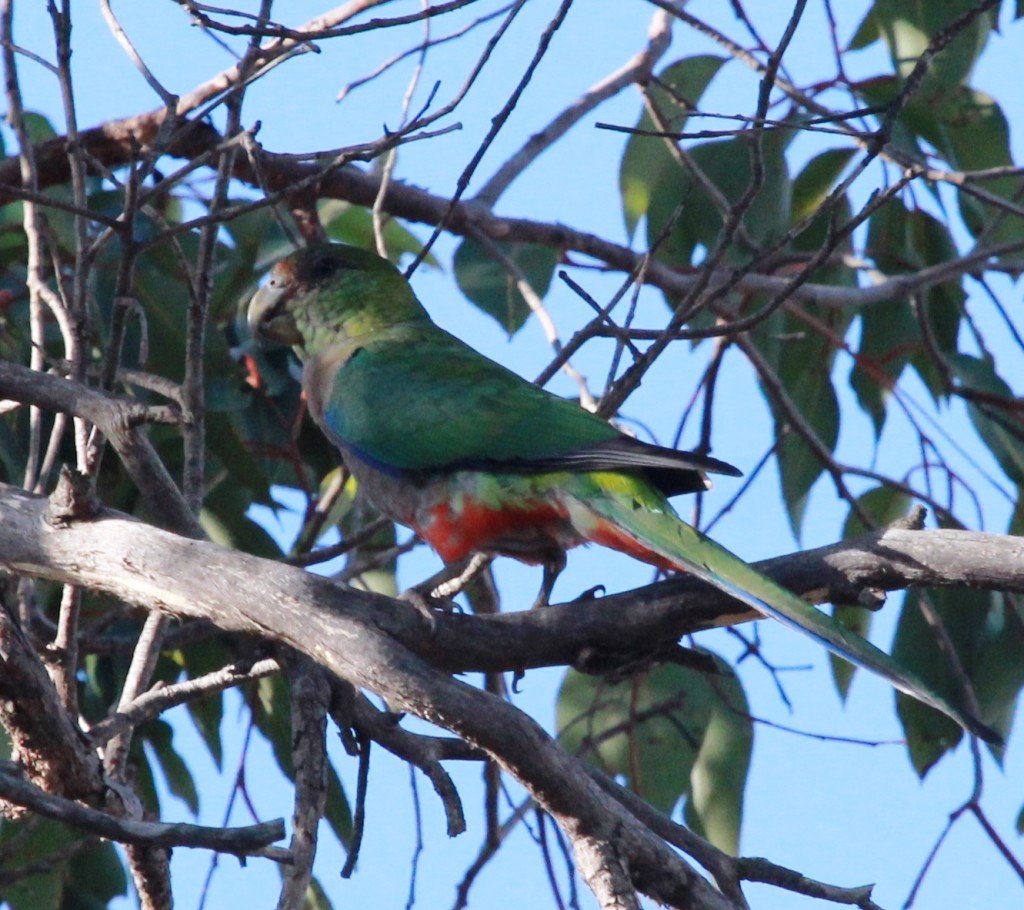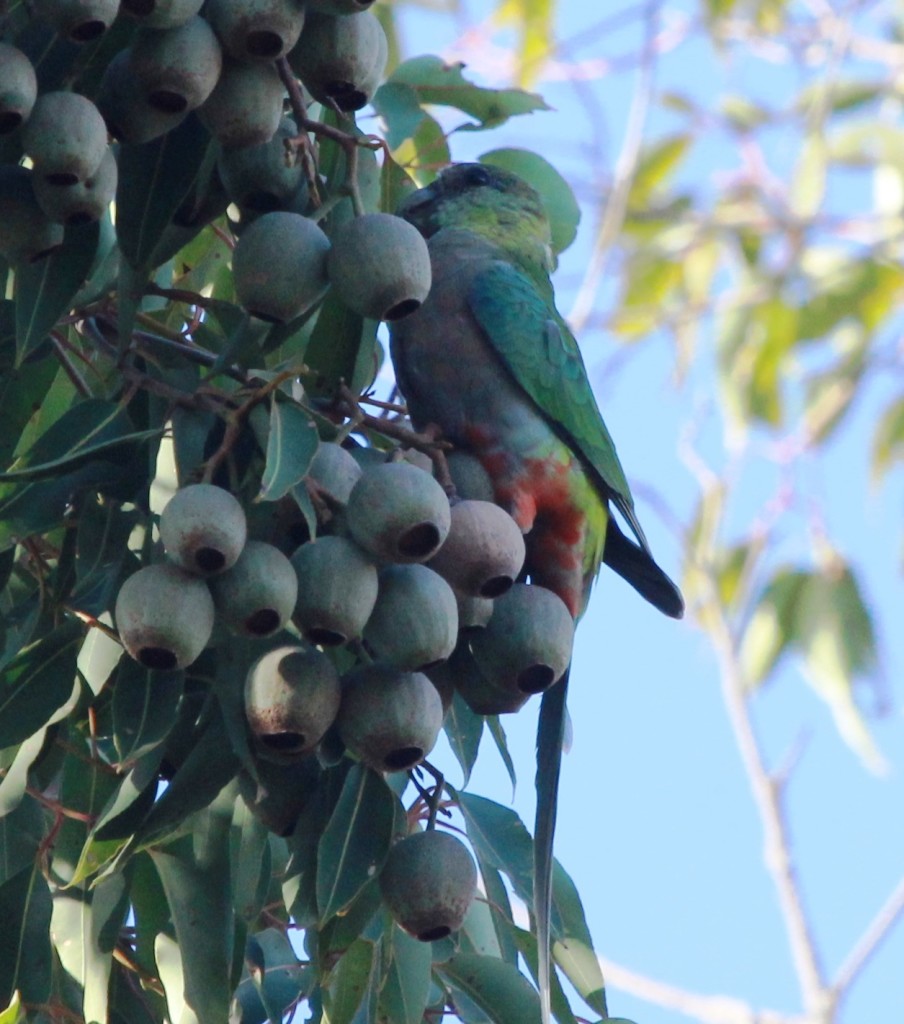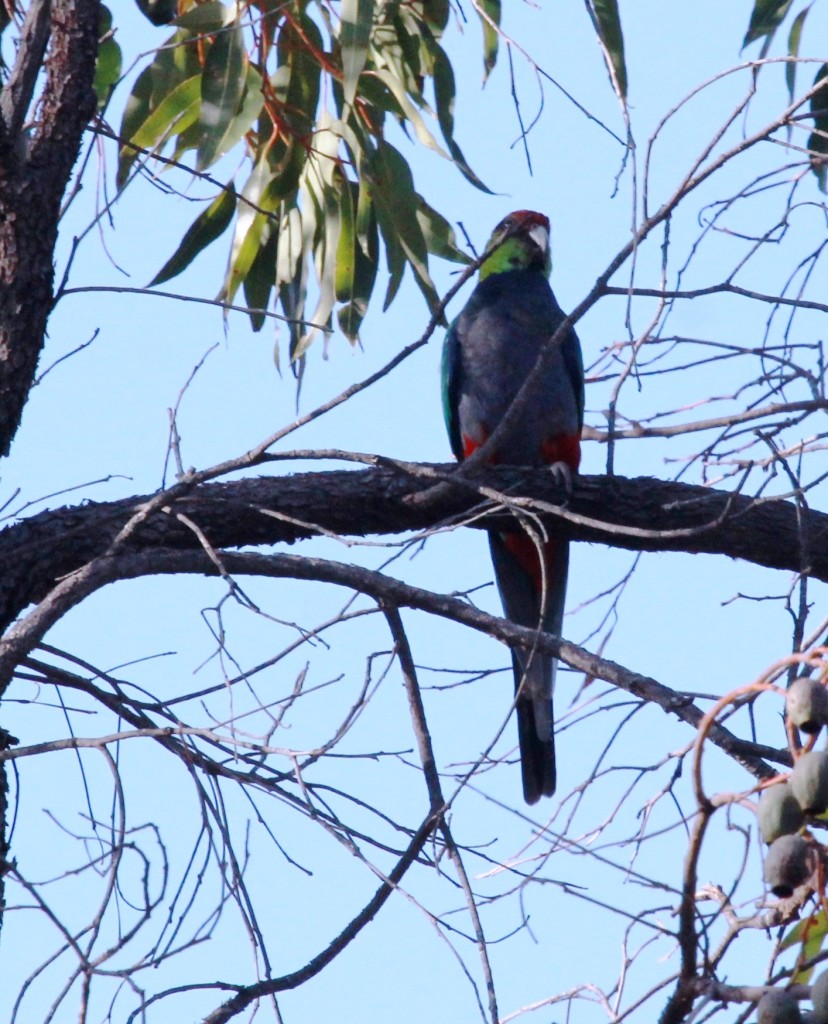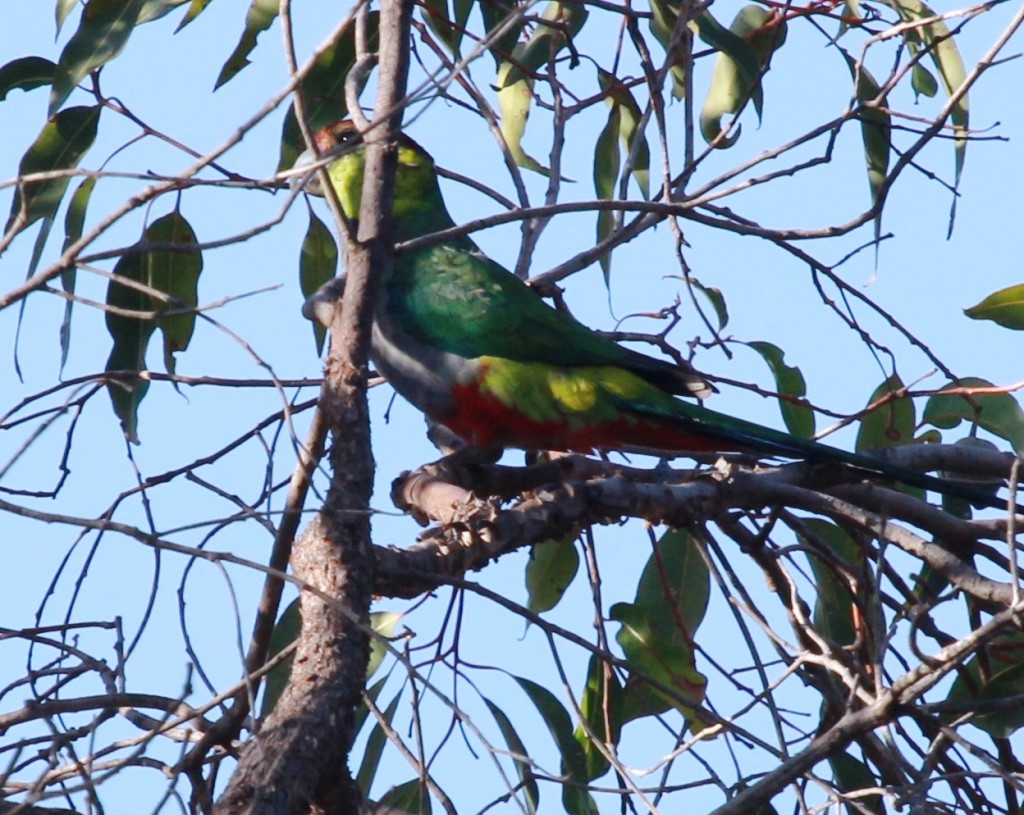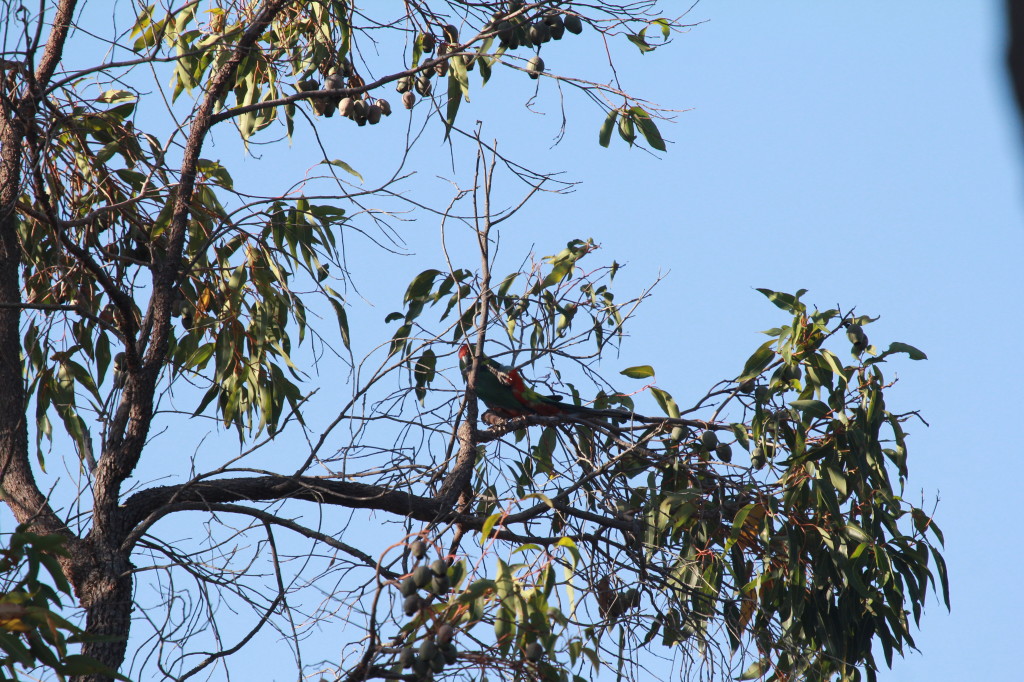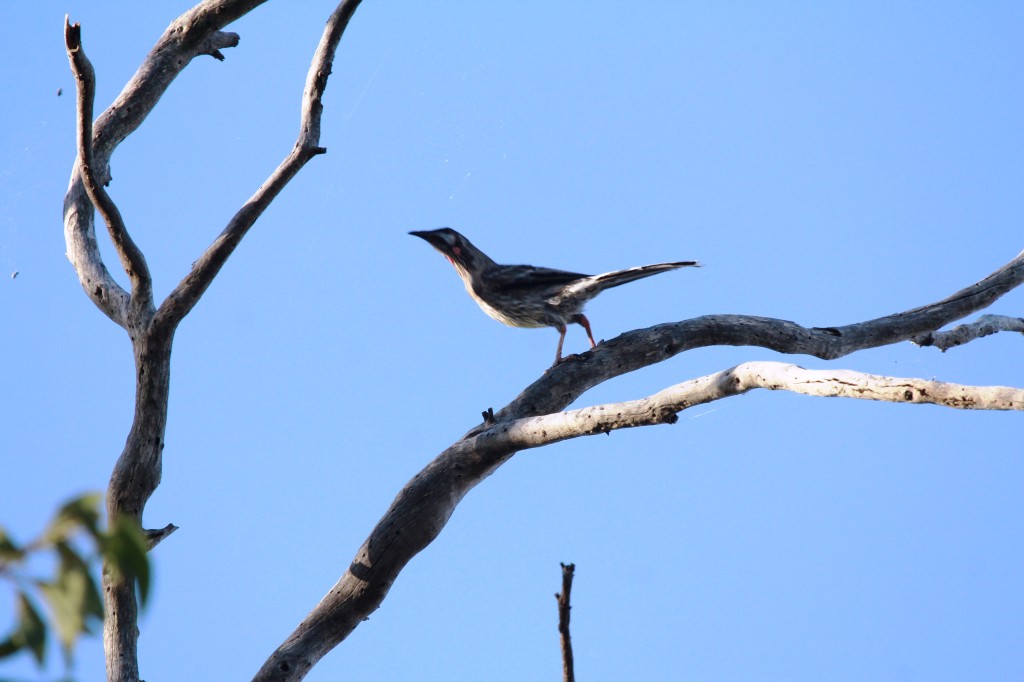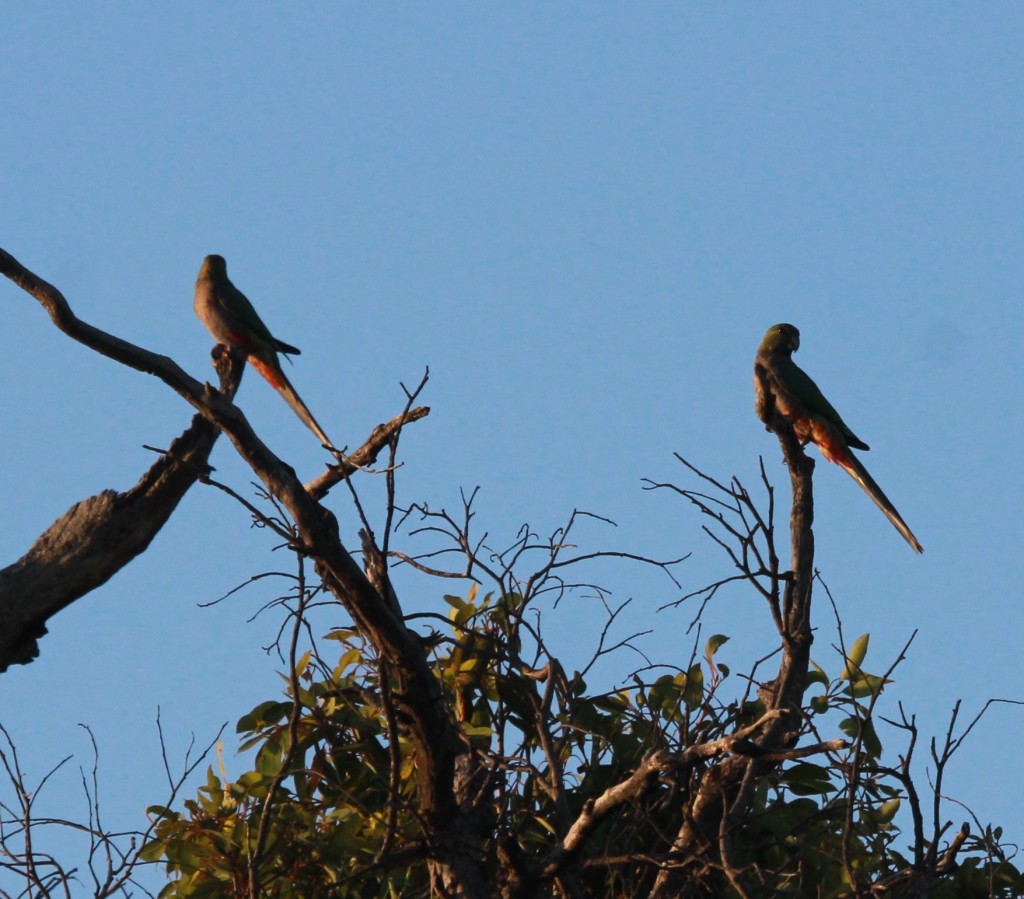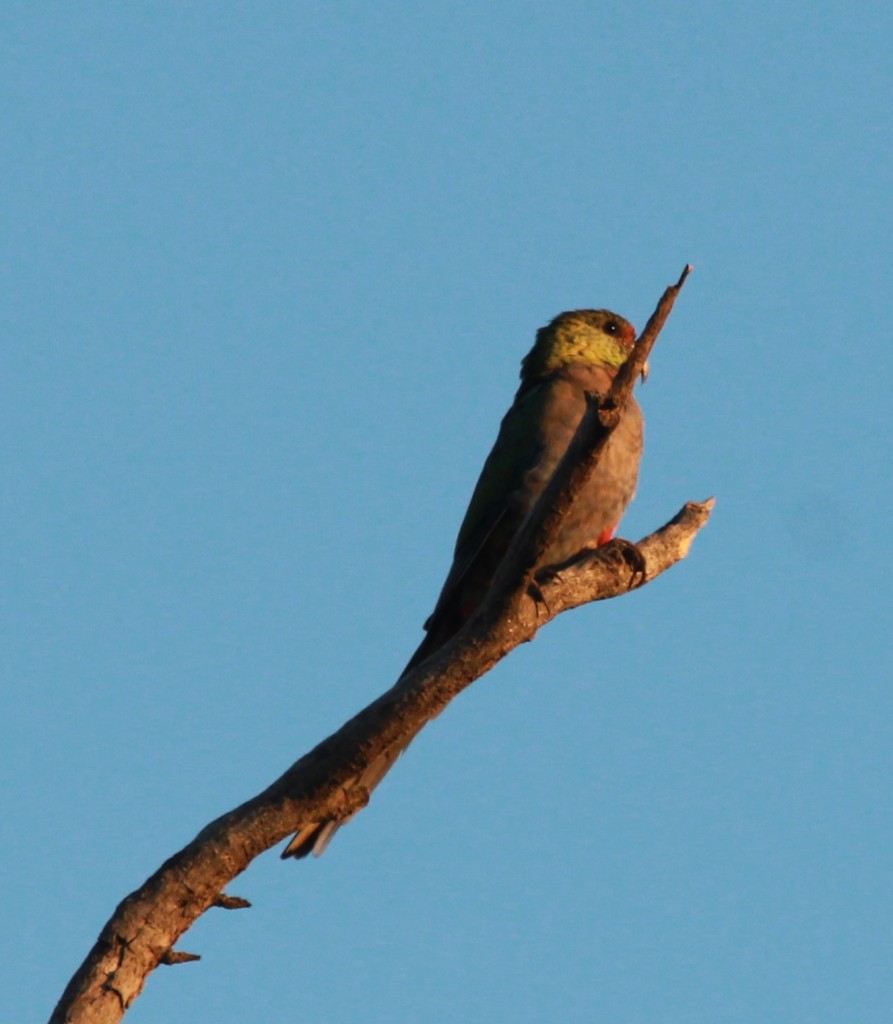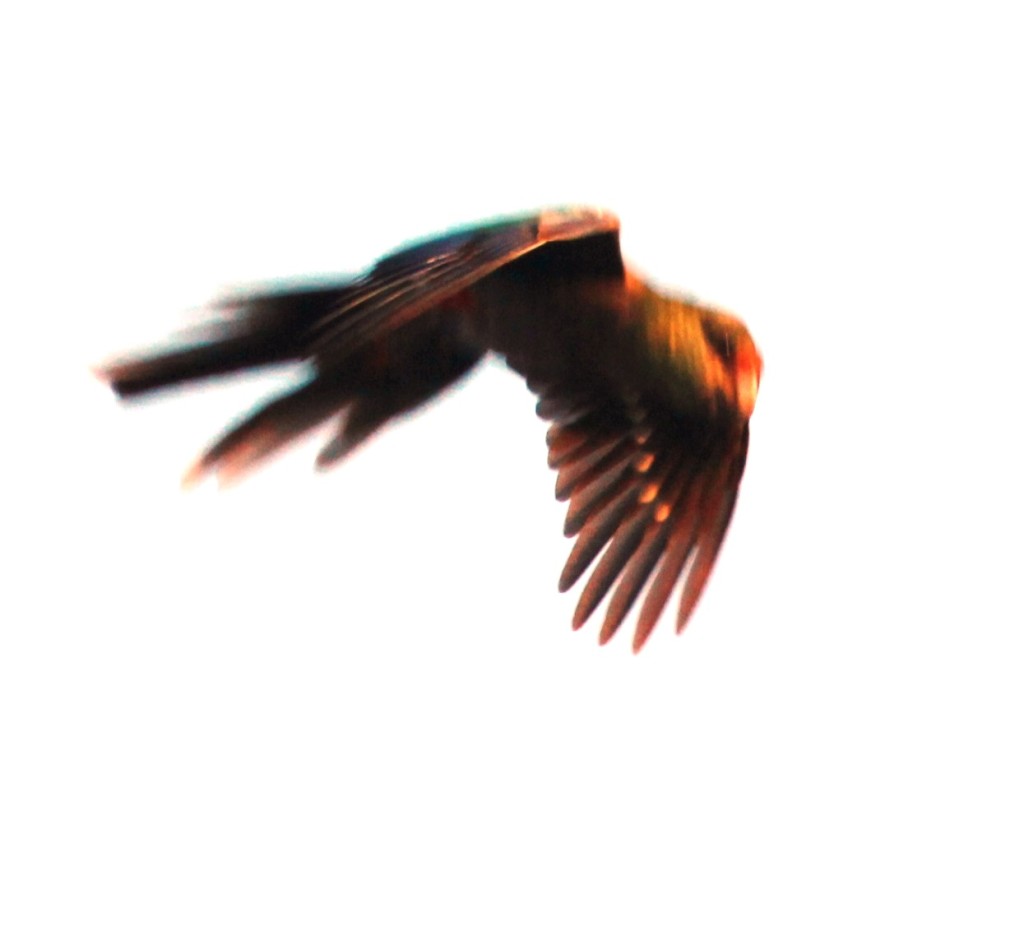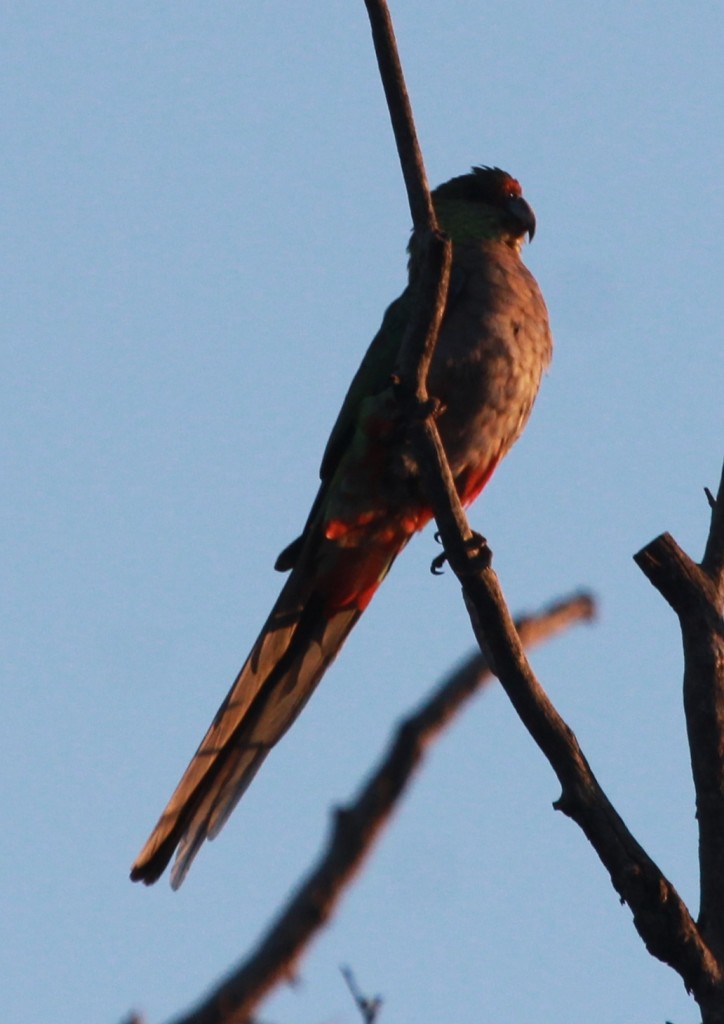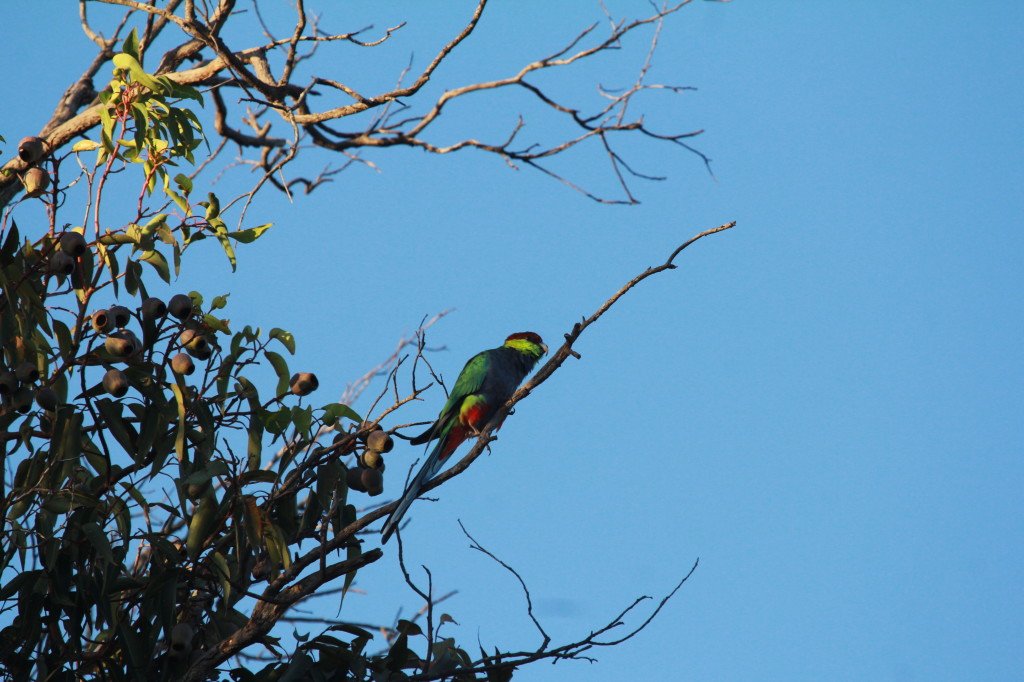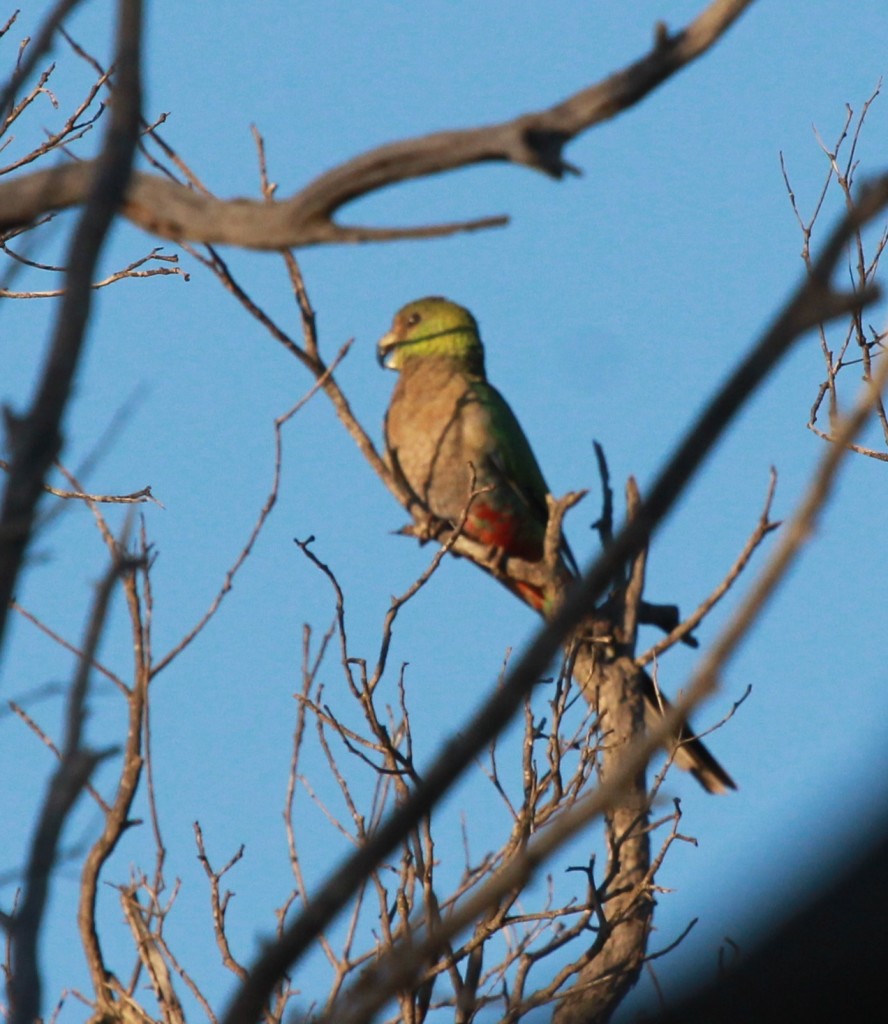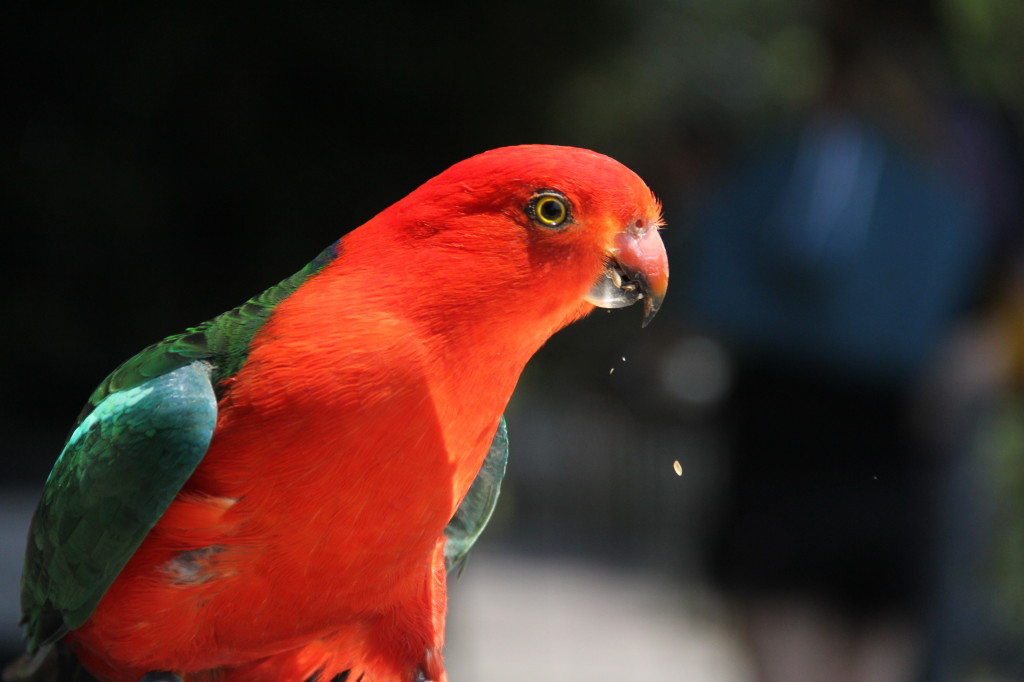Stirling Range Retreat offers air conditioned self contained accommodation, caravan and camping facilities beside Stirling Range National Park in Australia’s South West. We stayed there two nights in a rammed earth cabin and really loved it! The owners, Tony and Ayleen Sands are very friendly, knowledgeable about birds and go out of their way to help their guests.
Prices are extremely reasonable and they have a good choice to suit any budget. Directions are also on their website and it is pretty easy to find as there is only one main road through Stirling Range. Guided eco-tours are offered from mid August to October but it’s still pretty easy to find the local birds on your own so don’t be afraid to travel off-season. I do recommend avoiding school holidays if you prefer a quieter atmosphere……………which most birders do!
The Bluff Knoll Cafe is currently closed but they have BBQ meat and some frozen dinners for sale at reception. I do recommend a shopping trip at a larger supermarket before you travel to the park for better variety and prices. You can also pick up some good leaflets with maps for hikers and bird watchers in reception.
The rammed earth cabins are in 2 clusters of 4 cabins with parking just outside.
Inside, there are 2 beds, an ensuite and a fully equipped kitchen.
My husband made good use of the BBQ!
They don’t feed the wild birds but they do offer bird baths (and drinking water) to attract the many beautiful birds in the area to come in up close. It would have been pretty hard to get this shot of an Elegant Parrot otherwise! More photos of the birds we saw will be on a separate post.




